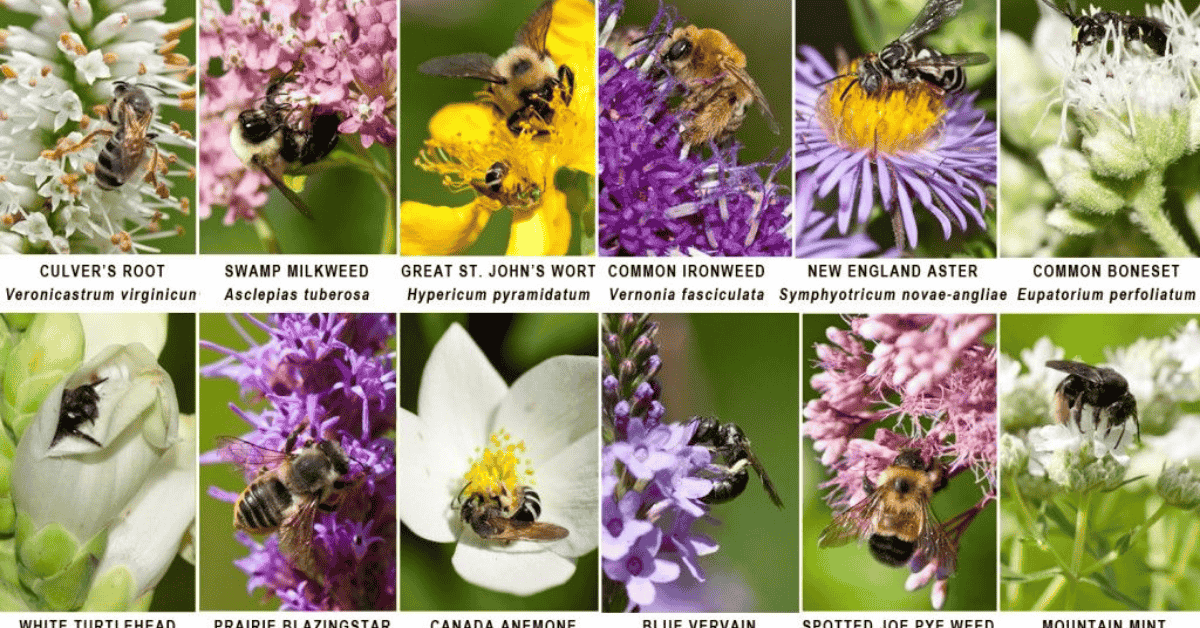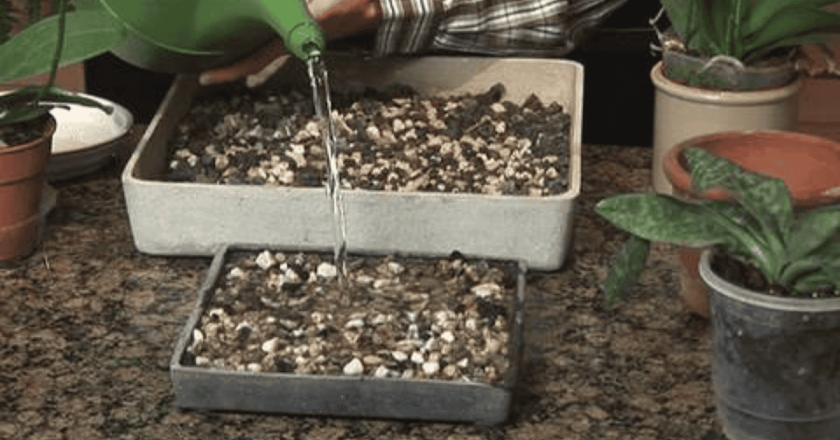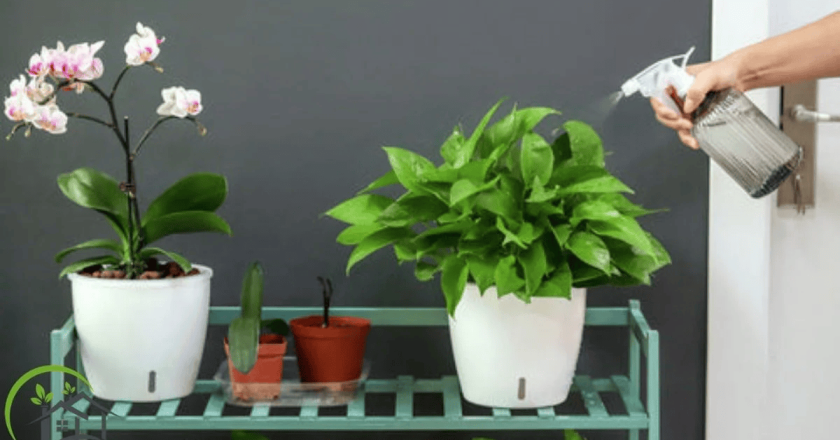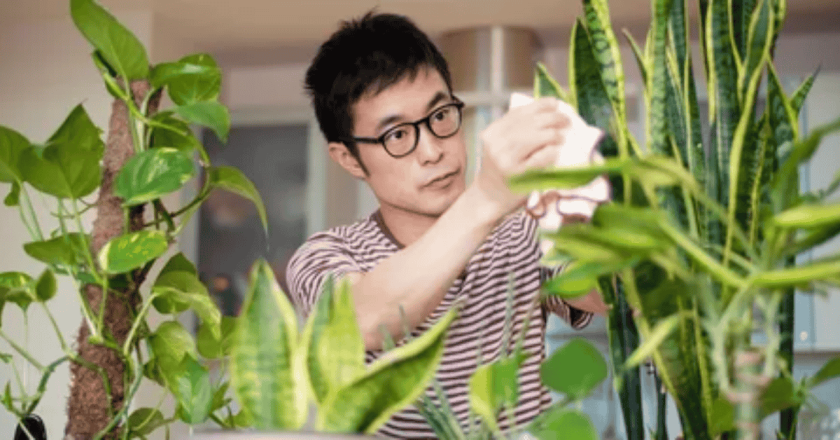There’s a certain comfort in knowing that nature already figured out what works best long before we began designing gardens or landscaping projects. When you think about it, the land you live on has been hosting plant life for thousands of years. Those species—adapted to the soil, the rainfall patterns, the extremes of heat or cold—are what we call Native Plants.
At first glance, “native” might sound restrictive. Maybe you imagine that it limits your options, that you’d miss out on exotic flowers or lush greenery from other parts of the world. But step back a moment. Local ecosystems have their own quiet beauty, and once you begin to notice, you realise that regional plants are not only practical, they’re essential. They offer resilience, ecological benefits, and a subtle sense of belonging to the spaces we inhabit.
I still remember planting my first little wildflower patch. It wasn’t impressive, not at all like the manicured rose gardens you see in glossy magazines. But within weeks, bees arrived. Later, a butterfly or two lingered longer than I’d seen before. And I realised: this isn’t just gardening. This is restoration in miniature.
What Makes Native Plants Special?
If you’ve ever tried growing a tropical plant in a climate that swings from dry summers to frosty winters, you already know the struggle. Constant watering, endless soil amendments, frantic covering in cold snaps—it’s exhausting. Native Plants, on the other hand, are already fine-tuned to those conditions. They don’t need coddling in the same way.
This is why native or indigenous plants are often regarded as low-maintenance options. They thrive in your region because that’s where they belong—less fertiliser, fewer pesticides, fewer resources overall. You end up with healthier gardens that support biodiversity rather than fight against it.
And maybe it’s not just about ease. It’s about respect for the land. Growing local plants is like saying, “I trust the wisdom of this soil, this rainfall, this sun.”
Why Native Plants Matter
People sometimes ask, “But why native plants matter if I can grow roses, orchids, or imported palms?” It’s not about excluding everything else; it’s about balance. Think of it like this: if everyone in a community ignored traditional foods, the local culture would vanish. Plants carry similar weight in an ecosystem.
-
Wildlife support: Birds, insects, and small mammals evolved alongside certain plants. A butterfly may only lay eggs on one specific leaf type. Remove that plant, and you remove part of its life cycle.
-
Garden sustainability: Once established, climate-adapted plants use less water and fewer resources, making them cornerstones of eco-friendly landscaping.
-
Soil health: Many native root systems run deep, stabilising soil and preventing erosion far better than shallow-rooted imports.
-
Resilience: Native greenery tends to recover more quickly after local storms or dry spells than fragile exotics.
In short, native planting is a vote for ecological benefits that ripple outward.
Native Plants and Sustainable Gardening
Sustainable gardening isn’t just a buzzword. It’s a way to approach your outdoor space as part of a larger whole. You’re not just arranging pretty flowers; you’re nurturing a web of life.
Native Plants fit perfectly into this mindset. They reduce the need for synthetic fertilizers, which means fewer chemicals running off into streams. They also require less mowing, pruning, or fussing, lowering the carbon footprint of your garden care routine.
For inspiration, consider checking out collections of the best low-maintenance outdoor plants for busy gardeners, such as the ones highlighted here. Many recommendations overlap with native selections, depending on your location.
Local Plants vs. Exotic Choices
I’ll be honest—I love the dramatic look of oversized tropical greenery indoors. There’s no denying the appeal of oversized indoor plants. But outside, in the backyard or on a balcony, it can be a different story. An exotic palm may look glamorous for a while, but if the winter frost wipes it out year after year, the effort becomes frustrating.
Local plants, on the other hand, quietly hold their ground. Maybe they’re not as flashy, but their strength lies in consistency. They show up each spring, push through dry seasons, and return without demanding endless care. That’s not boring—it’s dependable.
The Role of Native Plants in Biodiversity
Biodiversity can sound like an abstract concept, but at its core, it means life supporting life. If your garden consists only of turf grass and imported shrubs, it may look neat, but it won’t offer much food or shelter to local creatures.
Habitat plants—trees, shrubs, flowers, and groundcovers that are native—provide nectar for bees, seeds for birds, and cover for small animals. Some even work hand-in-hand with soil microbes, enriching the ground in ways that benefit neighbouring greenery.
When you invite native plants into your garden, you’re also inviting back the hummingbirds, the bees, the pollinators, the quiet rhythms of your ecosystem. And that ripple effect is more potent than it first seems.
Practical Tips for Growing Native Plants
You don’t have to overhaul your garden overnight. In fact, it’s often better to start small.
-
Pick a focal area: Try adding native wildflowers around a path or the edge of a lawn.
-
Mix and match: Blend them with hardy ornamentals or even houseplants in outdoor planters. For instance, you might grow a trailing ivy alongside a hardy native grass.
-
Think vertically: Even indoor greenery has lessons to offer. Plants that thrive in bathrooms (like those on this list) show how the environment dictates success. The same principle applies outdoors.
-
Choose resilient pairs: A Peace Lily is not a native, but reading this care guide will remind you how crucial it is to match the correct plant to the right place.
Native Plants Indoors?
The phrase might sound odd, but yes, you can bring native species indoors, too. Some do surprisingly well in containers, provided you mimic their preferred conditions. Others may not look traditionally “ornamental,” but that’s part of the charm.
For offices, for instance, combining modern decor with green touches works well. And although lists like the 35 best office plants highlight global species, adding a pot of native fern or grass beside your desk adds a local touch.
It’s about blending garden sustainability with everyday living, whether outdoors or in.
Low-Maintenance Doesn’t Mean No-Maintenance
A common misconception is that native plants need zero care. That’s not quite true. They may require less intervention, but in their first year, especially, they need watering until they are established. Occasional pruning helps too.
Still, when compared to exotics, the difference is stark. You can go on holiday without worrying that your regional wildflowers will perish. They’re adapted to rain cycles, to local soils. That’s the hidden power of climate-adapted plants.
And if you’re interested in a broader mix, this guide to 35 low-maintenance plants offers plenty of inspiration.
Examples of Native Plant Benefits
-
Water conservation: A patch of prairie grass in the Midwest requires no sprinkler, while an imported lawn guzzles gallons of water daily.
-
Pollinator rescue: Local bees prefer familiar flowers—they often skip imported blooms entirely.
-
Cost savings: Less fertiliser, fewer replantings after frost damage, and fewer chemicals.
-
Cultural connection: Indigenous plants often carry a rich history, having been used in remedies, crafts, and local traditions.
Even symbolic plants, like a Money Tree indoors (here’s a care guide), remind us of the intertwining of stories and plants. For natives, the cultural meaning is often tied directly to place.
The Emotional Side of Native Planting
Sometimes it’s not about science at all. Planting what grows where you live connects you to your surroundings in a quiet, grounding way. You start to notice seasonal rhythms more. When the first shoots appear, you know spring is truly here. When berries ripen, you see birds return.
Maybe you’ll feel, as I did, that you’re not just decorating a garden but participating in something larger—wildlife support, ecological repair, even climate adaptation on a small but meaningful scale.
A Subtle Shift in Perspective
The more you think about it, the more sense it makes. Why fight nature with plants that struggle to survive when you can work with it? That doesn’t mean abandoning exotic choices altogether—indoor gems like Christmas Cactus (for care, see here) or a classic Snake Plant (guide here) have their place.
But when it comes to creating resilient, sustainable, outdoor spaces, Native Plants are the unsung heroes.
🌱 Final Thought
Choosing Native Plants is more than a gardening decision; it’s a statement about how we want to live with the land around us. These plants quietly anchor ecosystems, offer food and shelter for wildlife, and thrive without constant interference. They’re resilient, beautiful in their own right, and deeply connected to place. In a world where so much feels imported, fast, and temporary, growing what already belongs feels grounding. Maybe that’s the real reason native plants matter—because they remind us to root ourselves, too.
🌿 Key Takeaways
-
Native Plants thrive in your region naturally — needing less water, fertiliser, and care compared to imported species.
-
They support biodiversity and wildlife, offering nectar, seeds, and shelter for pollinators and birds.
-
Eco-friendly landscaping with regional plants reduces chemical use and promotes garden sustainability.
-
Indigenous plants are climate-adapted, making them more resilient against local weather extremes.
-
Planting native species is both low-maintenance and meaningful, as it connects people to the history and ecology of their land.
❓ FAQs
Q1. What exactly are Native Plants?
They are species that naturally occur in your region, having adapted over centuries to local soil, weather, and wildlife.
Q2. Why should I choose Native Plants over exotic ones?
They’re easier to maintain, conserve water, and provide crucial ecological benefits that exotic plants often can’t.
Q3. Are Native Plants always low-maintenance?
Mostly, yes. While they need care during their first growing season, once established, they usually thrive with minimal attention.
Q4. Do Native Plants help with wildlife support?
Absolutely. Many insects, birds, and animals depend on local plants for food and habitat. Without them, biodiversity declines.
Q5. Can native plants thrive in small spaces or containers?
Yes. Many regional plants adapt well to pots, balconies, and even indoor spaces when provided with the proper conditions.




